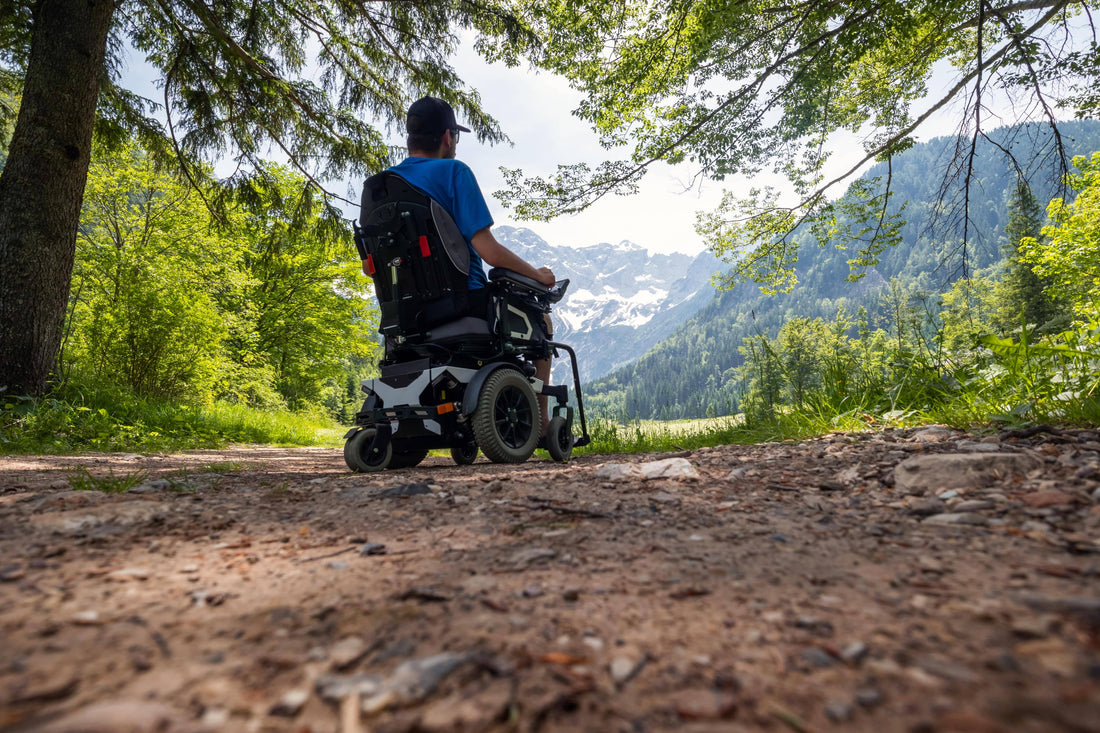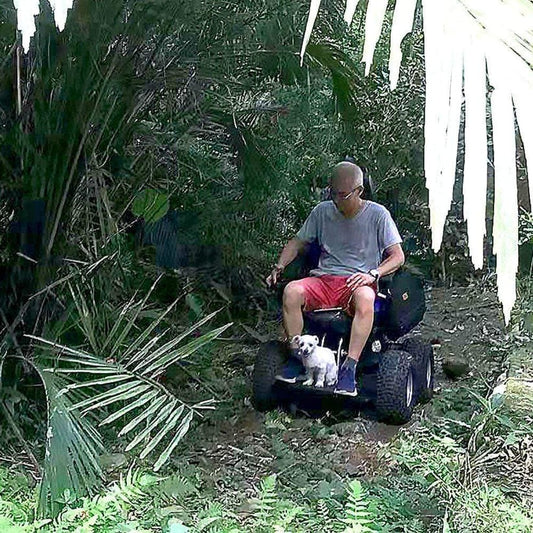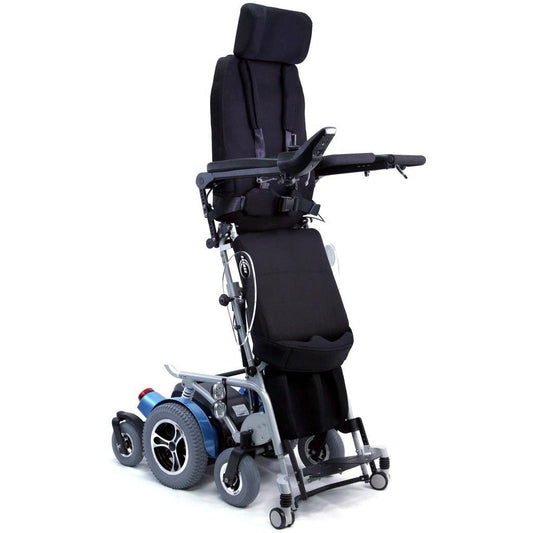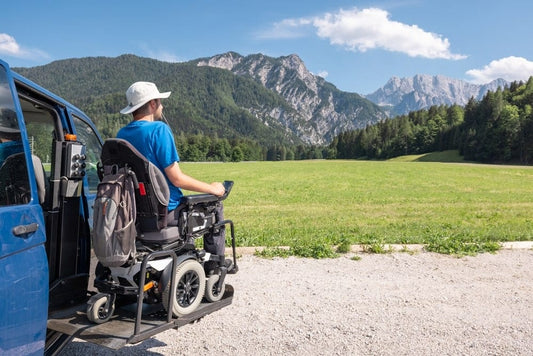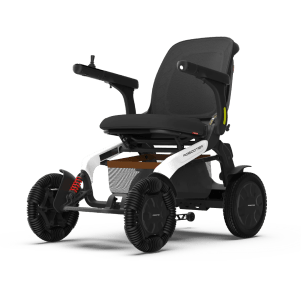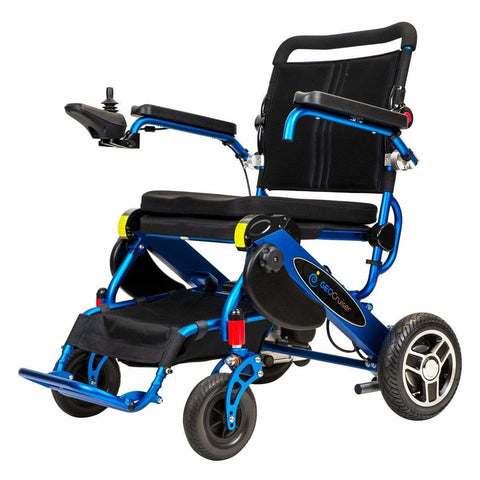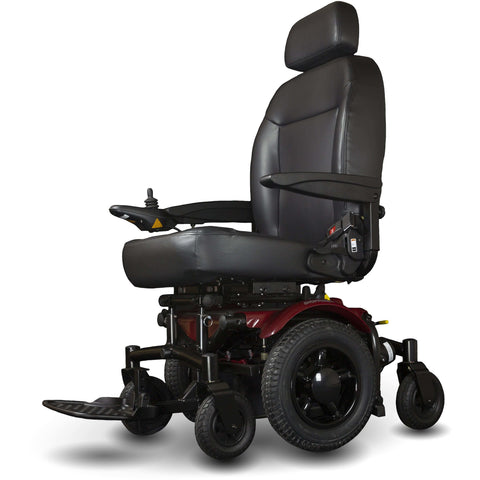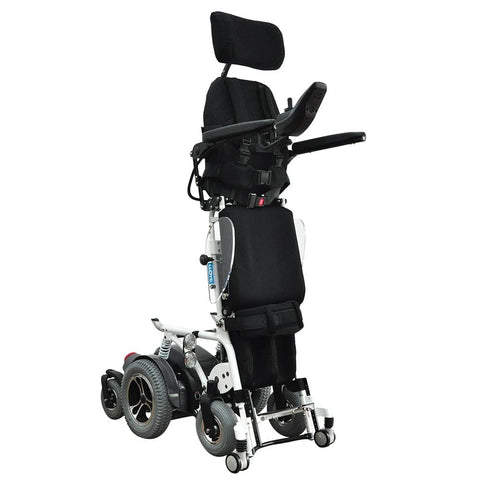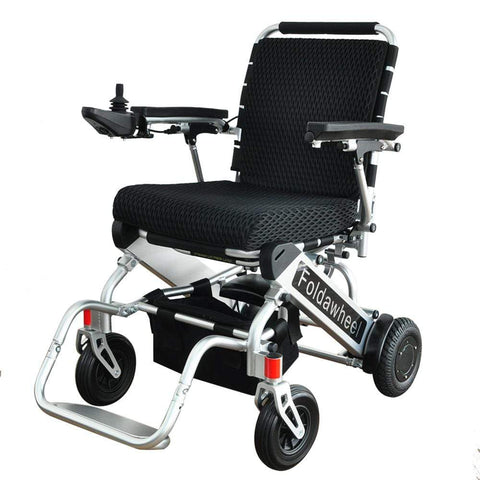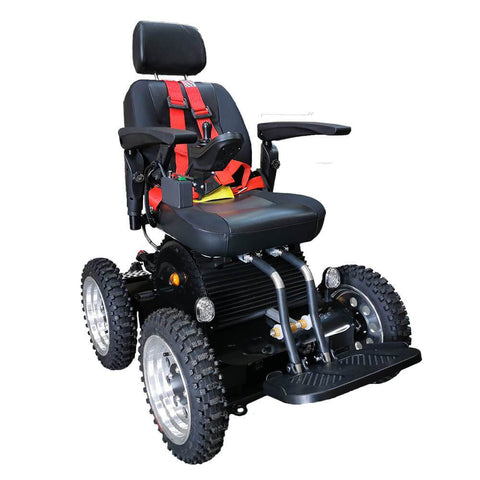For wheelchair users with an adventurous spirit, enjoying the great outdoors is no longer an insurmountable challenge. The innovation of all-terrain wheelchairs, specifically outdoor power chairs, has expanded accessibility to terrains once considered difficult or impossible to traverse. These robust indoor-outdoor power chairs are designed to empower individuals by providing mobility solutions that seamlessly adapt to a variety of landscapes.
From rugged mountains to sandy shores, an all-terrain wheelchair can transform your outdoor experience. This article outlines a range of activities you can enjoy with these advanced mobility devices and explores the benefits they bring to wheelchair users and adventure enthusiasts alike.
The Importance of Mobility Freedom
Before we explore the benefits and limitations, it is crucial to understand why mobility freedom is so important. Limited access to outdoor adventures or diverse terrains can hinder an individual’s participation in social, recreational, and emotional experiences. All-terrain wheelchairs—available in both manual and powered models—seek to bridge this gap. Whether advertised as an “outdoor power chair” or the “best power chair for outdoors,” their design prioritizes accessibility in environments that standard wheelchairs cannot traverse.
Advantages of an All-Terrain Wheelchair
1. Expanded Accessibility in Diverse Terrains
The defining feature of all-terrain wheelchairs lies in their ability to handle challenging landscapes. Sand dunes, rocky inclines, grassy meadows, forest trails, or even snow-covered paths—activities previously considered unattainable for wheelchair users—are now accessible.
- Powerful traction: These wheelchairs feature large, durable tires often equipped with enhanced tread patterns and anti-slip mechanisms designed for grip.
- Resilient suspension: Advanced suspension systems absorb shocks and bumps, ensuring a smoother ride, even on uneven surfaces.
- Incline management: Many high-end outdoor power chairs can climb slopes and operate on raised terrains.
This level of accessibility is not just practical but also emotionally rewarding, fostering inclusion for outdoor enthusiasts previously constrained by standard wheelchairs.
2. Durability and Sturdiness
All-terrain wheelchairs are built with robust materials, including high-grade aluminum and titanium, for optimized strength. Their durable construction ensures resistance to wear and tear, even in demanding outdoor environments.
Additionally, weather-resistant coatings make these chairs reliable under challenging conditions, including rain, snow, or mud, allowing for year-round use.
3. Improved Autonomy with Powered Features
For those considering electric models, the freedom offered by an indoor-outdoor power chair stands unparalleled. Unlike manual versions that require physical exertion, power chairs amplify independence by offering joystick controls with impressive precision and ease.
Leading models incorporate features like high-speed modes, long-lasting batteries, and adjustable armrests to cater to individual user needs. Some even include GPS functionality for added safety during complex outdoor expeditions.
4. Customizable and Comfortable Design
Modern all-terrain wheelchairs prioritize user comfort and customization. Adjustable seats, padded cushions, and adaptive designs ensure prolonged use without strain. Features such as customizable backrests or footplates offer ergonomic support tailored to a user’s unique anatomy, bridging function with comfort elegantly.
5. Recreational Opportunities and Health Benefits
Active outdoor lifestyles contribute significantly to improved physical and mental health. All-terrain wheelchairs encourage not just access to nature but also participation in social and recreational activities like hiking, camping, or beach outings. These experiences alleviate stress, enhance cardiovascular health, and foster a sense of accomplishment and agency.
Challenges of an All-Terrain Wheelchair
1. Cost Constraints
Arguably, the most prohibitive factor surrounding all-terrain wheelchairs is their cost. Ranging from $5,000 to upwards of $25,000 depending on the model, battery life, and available features, they represent a sizable financial investment.
While grants or insurance may partially cover costs, individuals without coverage may struggle to meet this expense, thereby limiting accessibility to the very demographic that stands to benefit most.
2. Weight and Portability Challenges
All-terrain models, due to their reinforcement and added functionality, tend to be heavier than standard wheelchairs. Their robust construction, while essential for durability and safety, introduces weight burdens ranging from 50 to over 200 pounds.
This weight reduces the wheelchair’s portability and complicates transportation in smaller vehicles or limited storage settings. Many users might require specially designed vans or lifting equipment to transport their wheelchairs conveniently.
3. Battery Limitations in Powered Models
For users of electric all-terrain vehicles, battery life emerges as a critical limitation. While manufacturers are improving performance, typical usage cycles range between 8 and 20 miles per full charge. Extended outdoor adventures may demand access to charging facilities—an inconvenience in remote or undeveloped areas.
Additionally, many batteries are susceptible to degradation over time, leading to costly replacements that contribute to long-term operational expenses.
4. Limited Indoor Versatility
Though often marketed as “indoor outdoor power chairs,” all-terrain wheelchairs occasionally fall short in tight residential or urban spaces. Their wider frames, oversized tires, and heavier builds can impede maneuverability indoors, especially in narrow hallways or smaller living areas.
Potential buyers must carefully balance the need for outdoor freedom with indoor practicality, ensuring that the chair aligns with their everyday environments.
5. Learning Curve and Adjustment Period
Power chairs with advanced features may have a slight learning curve for new users. Operating various controls or understanding terrain-specific adjustments can overwhelm individuals unfamiliar with such models. Comprehensive user tutorials or trial programs would be beneficial features for customers seeking a smoother learning experience.
How to Decide if an All-Terrain Wheelchair Is Right for You
To decide on purchasing an all-terrain wheelchair, prospective users ought to assess their priorities. Here are a few considerations:
- Where will it be used most frequently? If outdoor exploration outweighs indoor mobility needs, an all-terrain chair makes sense.
- What are your budget parameters? Explore available grants, subsidized financing plans, or installment options.
- Do you prefer a manual or powered model? Evaluate battery life, physical capabilities, and the terrain sought to determine the appropriate type.
- Storage and transportation needs: Do you have access to convenient transportation options for heavier chairs?
Careful scrutiny of these factors can position buyers to make informed investments that align with their mobility and lifestyle goals.
Explore the Next Frontier of Mobility
For wheelchair users yearning to break free from traditional barriers and immerse themselves in breathtaking landscapes or exciting adventures, the all-terrain wheelchair represents an extraordinary leap forward. It combines the promise of independence with the opportunity to engage with life anew.
At mPOWER Chairs, we are committed to helping users find mobility solutions tailored to their unique needs. Our curated selection of chairs, featuring some of the best power chairs for outdoors, offers unmatched quality, durability, and freedom. Browse our offerings or get in touch to explore how you can transform the way you move through the world.
Contact us today and power your adventures with confidence!

